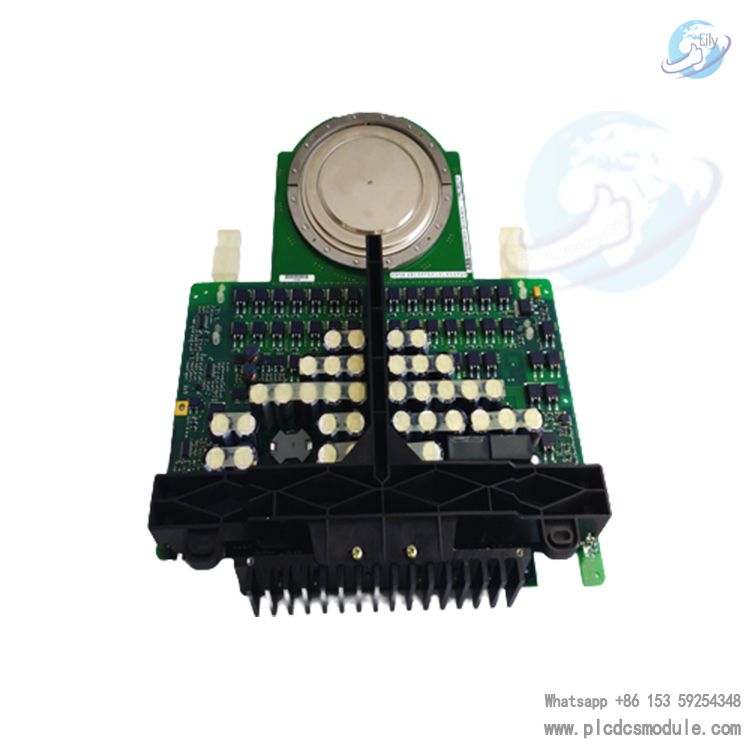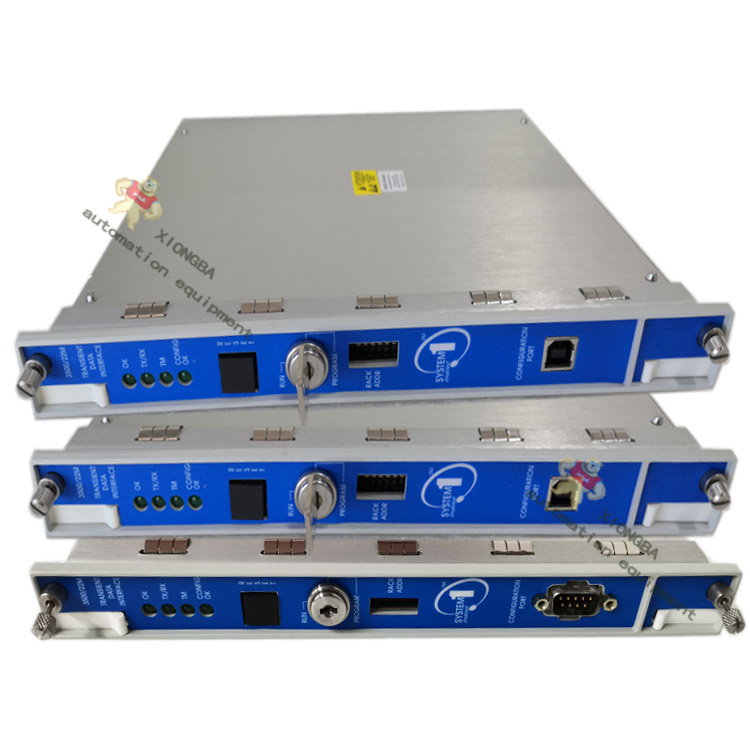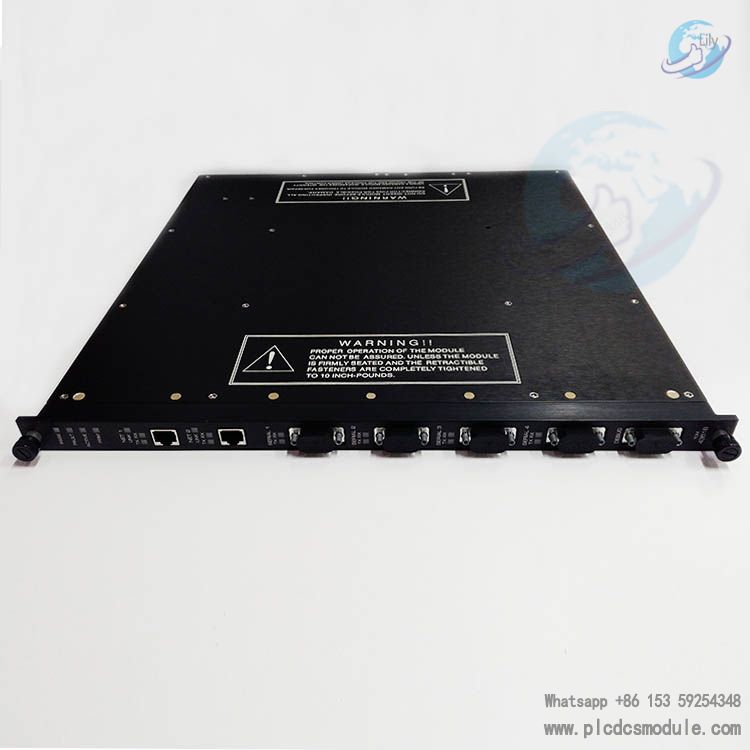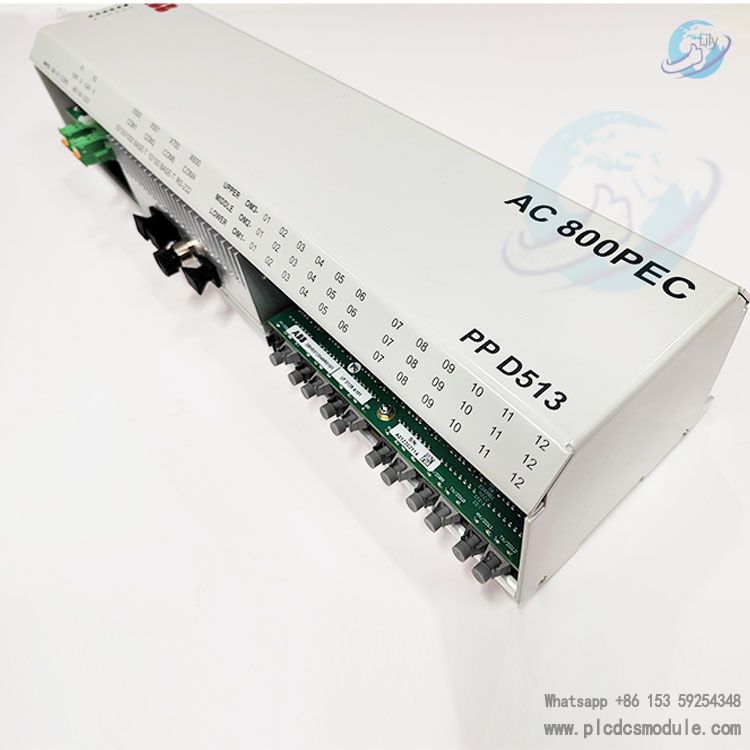Programmable Logic Controller (PLC)
A Programmable Logic Controller (PLC) is a specialized industrial computer designed to automate electromechanical processes, such as production lines, assembly machines, robotic systems, or infrastructure systems (e.g., wastewater treatment plants). It is ruggedized to withstand harsh industrial environments (extreme temperatures, dust, vibration, and electrical noise) and can be programmed to control machinery based on input signals and predefined logic.
Core Components of a PLC
A PLC consists of several key components that work together to perform control tasks:
Central Processing Unit (CPU)
The "brain" of the PLC, responsible for executing programmed logic, processing inputs, and generating outputs.
It includes a microprocessor, memory (for storing programs and data), and communication interfaces.
Input/Output (I/O) Modules
Input Modules: Receive signals from field devices (e.g., sensors, switches, buttons, thermometers) and convert them into digital/analog signals that the CPU can process.
Examples of inputs: Proximity sensors (detecting metal objects), limit switches (indicating component positions), or temperature sensors.
Output Modules: Convert CPU signals into actions for field devices (e.g., motors, valves, lights, alarms).
Examples of outputs: Solenoid valves (controlling fluid flow), motor starters, or indicator lights.
Power Supply
Provides electrical power to the PLC’s internal components (CPU, I/O modules) and often to external sensors/actuators.
Programming Device
A computer or dedicated terminal used to write, test, and download programs to the PLC. Common software includes Allen-Bradley RSLogix, Siemens TIA Portal, or Mitsubishi GX Works.
Communication Interfaces
Allow the PLC to connect to other devices (HMI panels, SCADA systems, other PLCs) via protocols such as Ethernet/IP, Modbus, Profibus, or DeviceNet.
How PLCs Work: Basic Operation
Input Scanning: The PLC reads the status of all connected input devices (e.g., "Sensor A is ON," "Switch B is OFF") and stores this data in memory.
Program Execution: The CPU executes user-written programs (ladder logic, structured text, etc.) using the input data. It applies logical operations (AND, OR, timers, counters) to determine the desired output states.
Output Scanning: The PLC updates output modules based on program results, triggering actions such as "Start Motor C" or "Open Valve D."
Housekeeping: The PLC performs auxiliary tasks (e.g., error checking, updating communication data) before repeating the cycle.
This cycle repeats continuously, typically in milliseconds, ensuring real-time control of industrial processes.
Programming Languages for PLCs
PLCs support standardized programming languages defined by IEC 61131-3:
Ladder Logic (LD): The most widely used, inspired by electrical relay schematics (rungs, contacts, coils), making it easy for electricians to understand.
Structured Text (ST): A high-level language similar to Pascal, suitable for complex calculations or algorithms.
Function Block Diagram (FBD): A graphical language using predefined "function blocks" (e.g., timers, PID controllers) connected by wires.
Instruction List (IL): A low-level, assembly-like language, rarely used today.
Sequential Function Chart (SFC): A visual tool for modeling sequential processes (e.g., step-by-step assembly lines).
Advantages of PLCs
Flexibility: Programs can be modified without rewiring hardware, unlike traditional relay systems.
Reliability: Designed for industrial environments with high resistance to noise, vibration, and temperature fluctuations.
Scalability: Additional I/O modules or features (e.g., communication) can be added as needed.
Real-Time Control: Fast processing cycles (in milliseconds) ensure precise timing for critical processes.
Diagnostics: Built-in error-checking and monitoring tools simplify troubleshooting.
Application Fields
PLCs are used across multiple industries:
Manufacturing (automotive assembly lines, packaging machinery).
Energy sector (power generation, grid control).
Water supply and drainage (pump control, treatment processes).
Transportation (conveyor systems, traffic light control).
Food and beverage industry (mixing, bottling, pasteurization).










 3005319639
3005319639